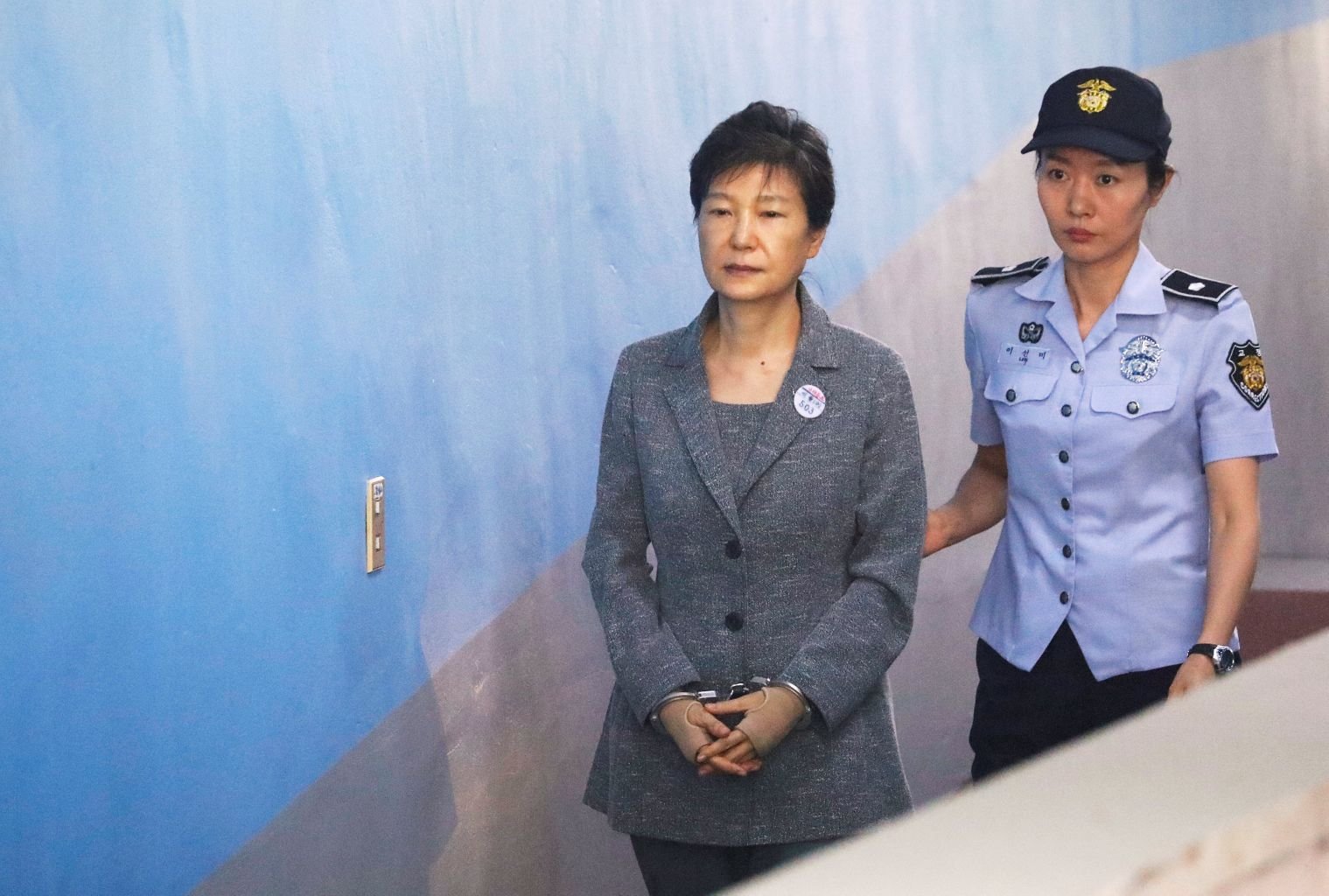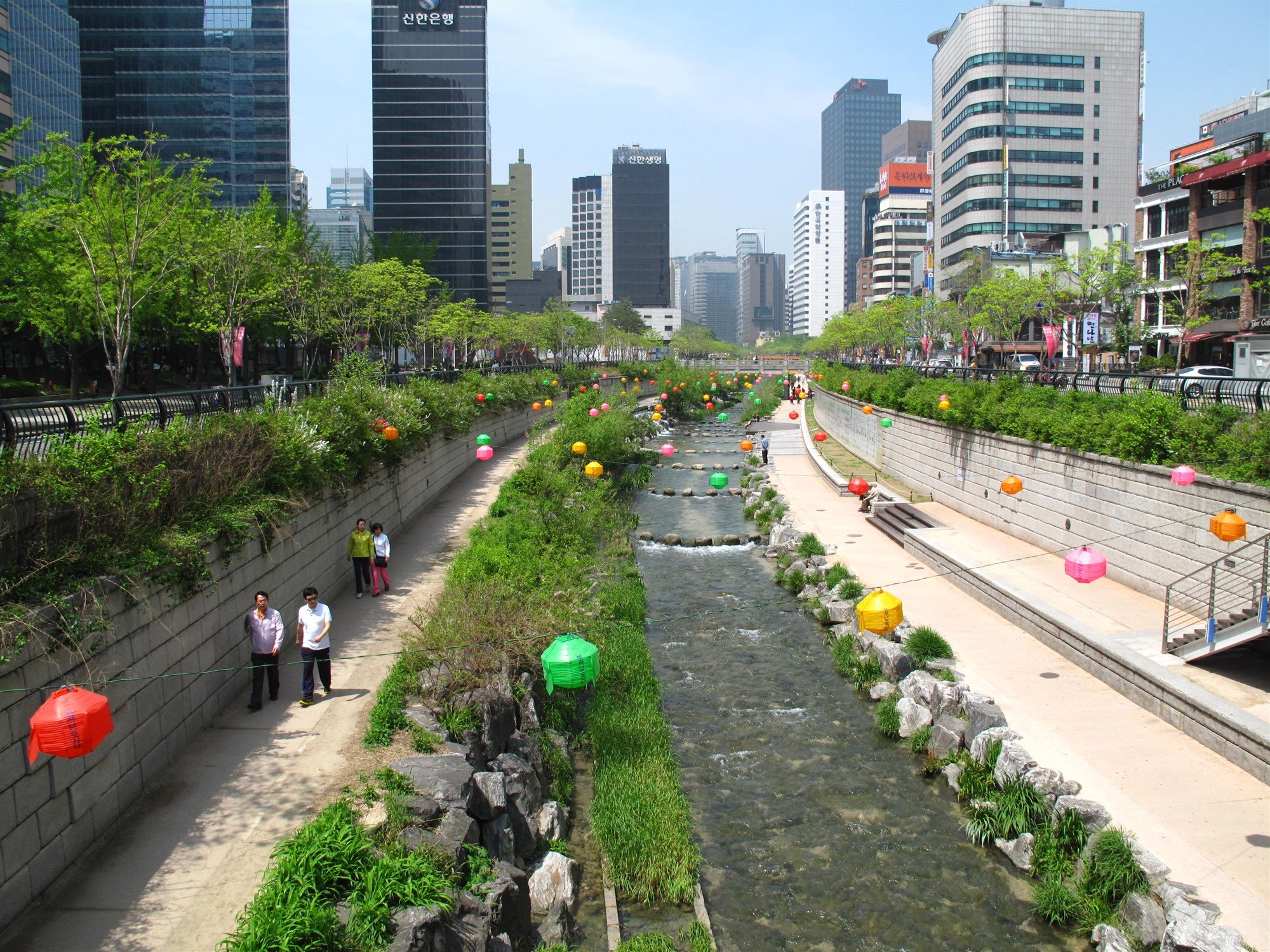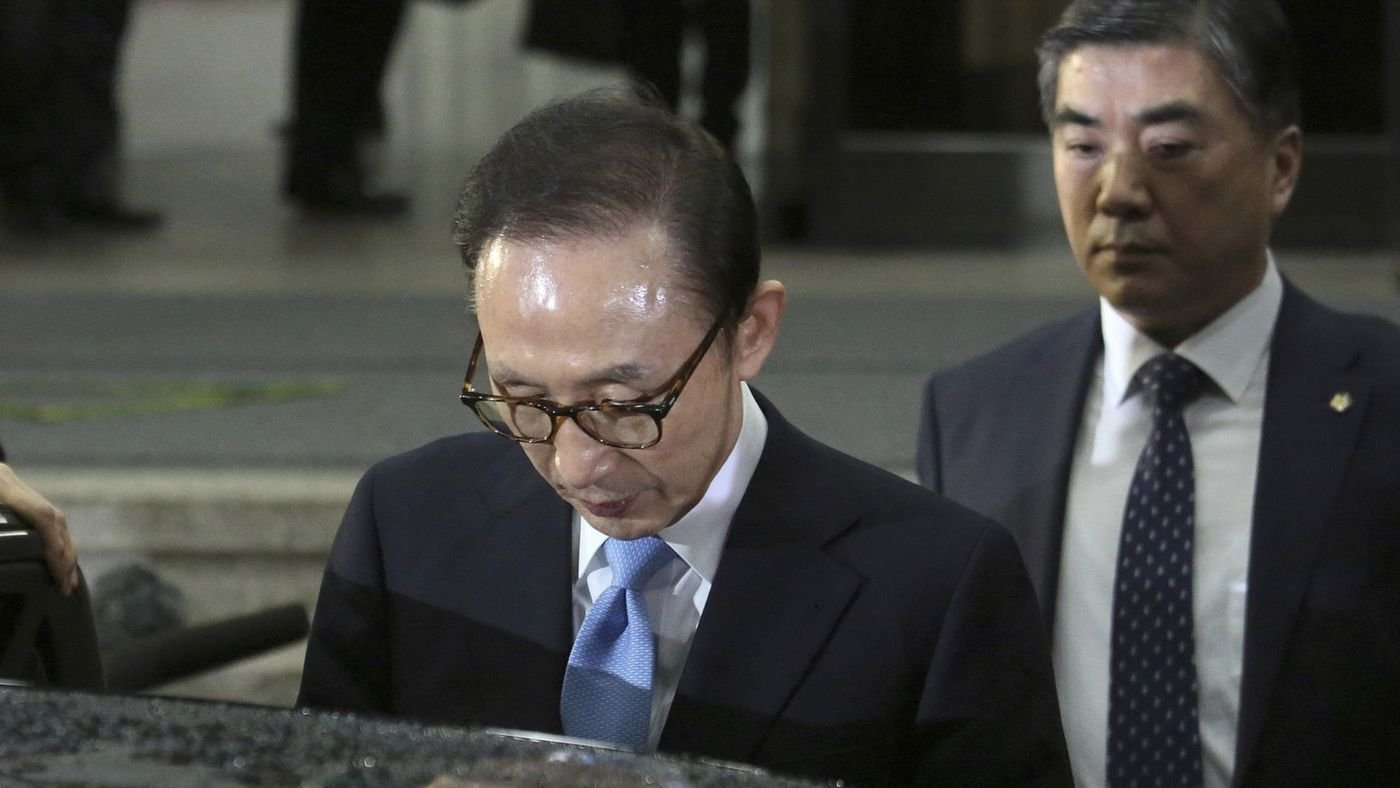
Leaving a Legacy
Recent President-elect Jae-In Moon has been making quite the liberal splash in Korea’s social context, enacting unprecedented action including inviting North Korea to play alongside South Korea Olympians to openly supporting the MeToo movement against an actually patriarchal corporate society. You would imagine that he is the natural next time in a lineage of progressively modern presidents that helped usher South Korea onto the world stage.

Well, you would be mistaken. All living former presidents of South Korea have all been convicted with criminal sentences. In today’s post, I’ll look at 2 of them and how they got into these strange pickles.
The Apple Doesn’t Fall Far
You might remember the recent protests calling for the resignation of President Geun Hye Park just a year ago. Millions gathered in the open plazas of Seoul, demanding that the sitting president, who had been ousted for taking corporate bribes in exchange for political favors, be taken out of the Blue House. It was an outstanding moment of civic action against what was widely regarded as a wide injustice against the Korean people. Growing discontent with Park’s actions (for example during the Sewol Ferry incident) culminated in the most swift and severe backlash when the public learned of her activities with corrupt confidant Sun Sil Choi who had been leveraging her presidential friend’s influence for her own gains.

Park has recently been found guilt of the corruption charges and a strange decision by the Korea courts, the sentencing will be publicized on live television later this week.

Park is actually daughter of former dictatorial president Chung Hee Park, infamous for his iron fist governance after staging a coup to take down the second president. Before being assassinated by his own head of the Korean Intelligence Service (KCIA), he was a complete autocrat and dealt with the poor and student protestors with brutal measure. As if enacted by karma itself, the current sitting president Moon was a former student protestor against the original President Park.
Shady Dealings
Former developer turned political leader, former president Myung Bak Lee was the youngest CEO in Korea’s history, taking over the Hyundai Group at age 29. The company specialized in massive infrastructural development and Lee earned the nickname “The Raging Bulldozer” early on. He spent 27 years at the company installing major change around the world before transitioning into politics. As president, he continued his streak of massive transformation and is single-handedly responsible for major changes in Korea cities during the last few decades.


Last month, it was revealed that Lee had accepted 10s of millions in bribes from both national intelligence agencies as well as Korean corporations during his term in office. His own personal hand-written letters all but admit his guilt and even remorse for his previous actions. It also appears that investigators are looking into his wife who was aware and even facilitated this situation, taking payments of her own for political favors. You can read one such report on the incident here.
The Future of Korean Democracy
Koreans often noted that despite the country’s rapid economic growth and appearance of liberty amongst other developed nations, that socially and culturally it was still a place that needed much work before it could really be treated as a place of liberty. Much of the underlying corruption and dirty handlings of the past are revealed and continuing to be revamped (case in point the current MeToo exodus). Hopefully Moon is a stride in the right direction and more accountable to the needs/desires of the Korean public.
Guess we’ll see! The two figures we looked at today are presidents that I have had much more exposure to since they held their positions during my lifetime. For the next post on this topic, I’ll look at the circumstances that led to the imprisonment of former presidents Chun and Roh.
Til then, Steem on!

